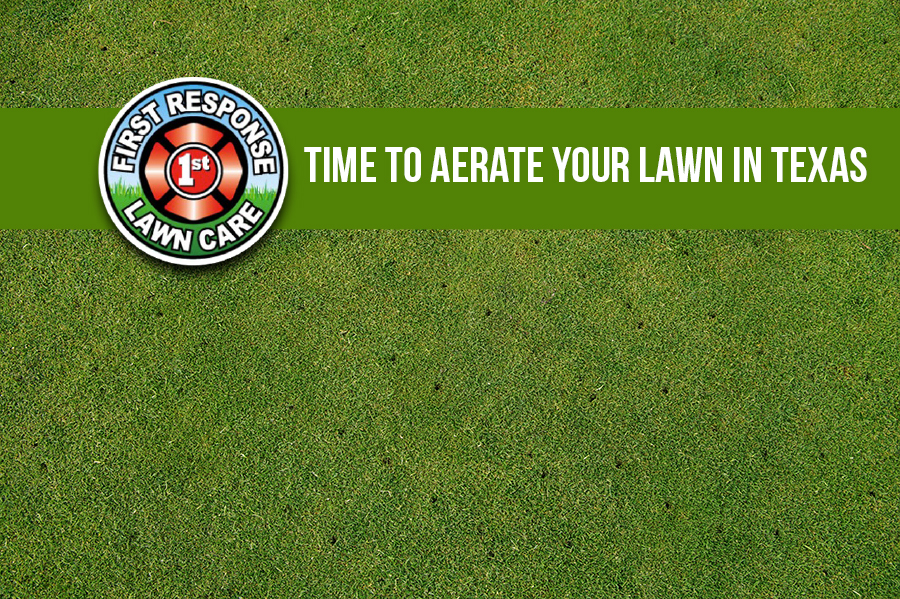For warm season grasses, like those you find in our great state of Texas, you should aerate in the early summer. Why? Because warm-season grasses begin their period of active growth in summer. If you aerate a warm-season lawn in late spring to early summer, the ensuing period of rapid growth will quickly fill in the holes you create. If you have Bahia grass, Bermuda, Buffalo grass, Centipede grass, St. Augustine or Zoysia grass, you have a warm season grass.
Aeration Tips
• Follow up the aeration treatment with fertilizing or reseeding your lawn since aeration creates openings for nutrients and seed to penetrate soil.
• The process of aerating can spread weed seeds or portions of weedy roots. Be sure to control weeds prior to aerating.
• If you have a newly planted lawn, wait for at least one year to aerate. This time lapse will ensure that the grass is well established.
• Aerate when soil is moist, but never when it’s saturated. The tines of a lawn aerator penetrate moist soil more deeply; soil that’s too wet clogs tines and isn’t as effective. To achieve the correct moisture balance, your lawn should absorb 1 inch of water – delivered through rainfall or irrigation – prior to aerating. This may mean you’ll water for one hour one day prior to aerating or, if your soil is hard, for shorter times on several days prior to aerating.
• Avoid aerating during drought or high heat. You’ll stress the lawn by allowing heat to dry soil If you aerate in these conditions,
• Plugs should be left on the lawn following aeration, as they contain soil microorganisms that help to break down thatch. These plugs disappear in a short period of time when left on the surface of the lawn.
Call First Response Lawn Care today if you have questions about aerating your lawn. Our technicians are trained to aerate at the optimum time for your soil conditions, giving you the best-looking lawn in the neighborhood.

